Rental Agreement Letter Samples
-
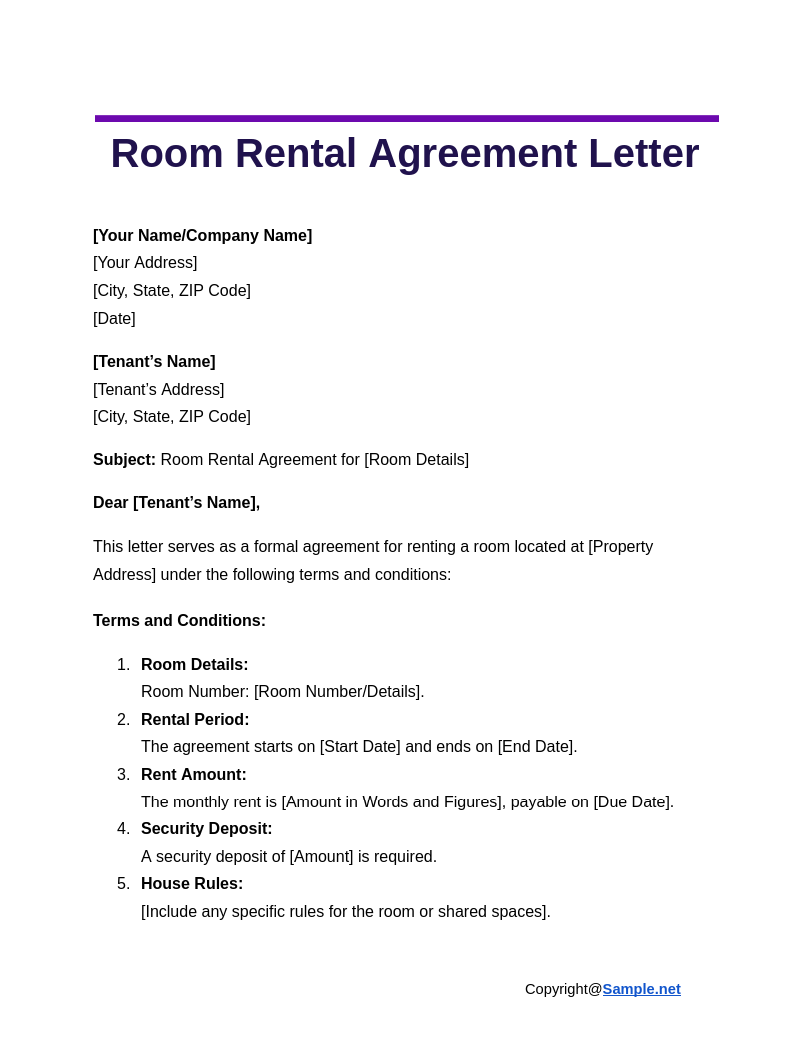
Room Rental Agreement Letter
download now -
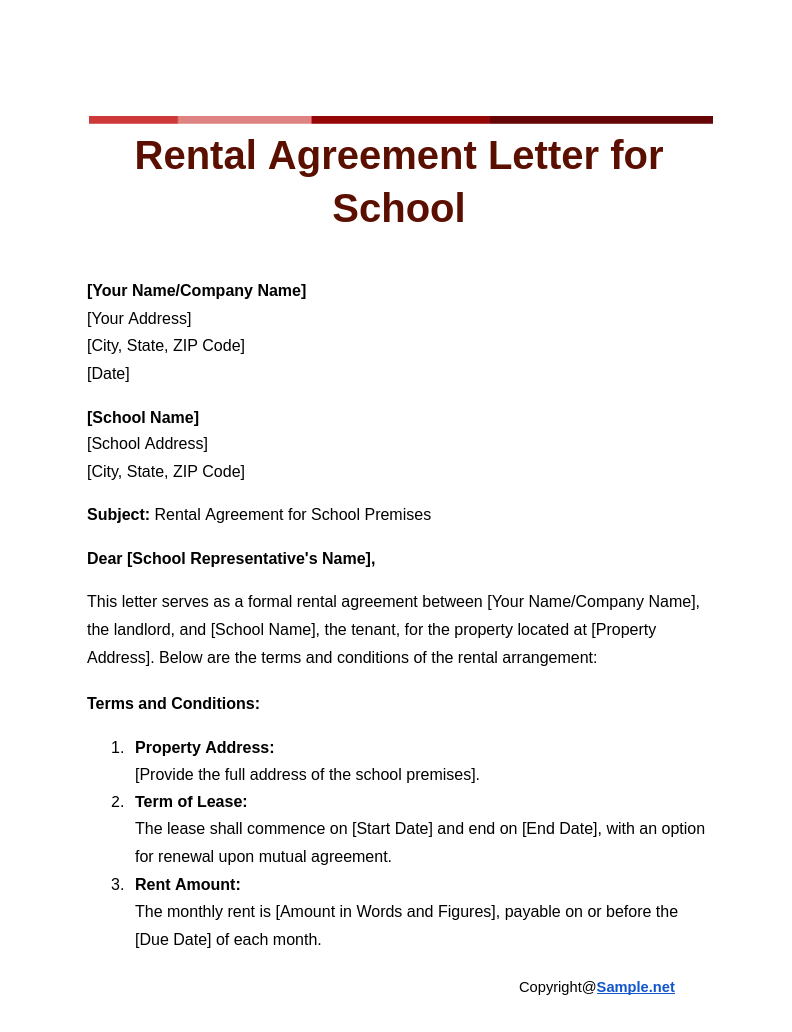
Rental Agreement Letter for School
download now -
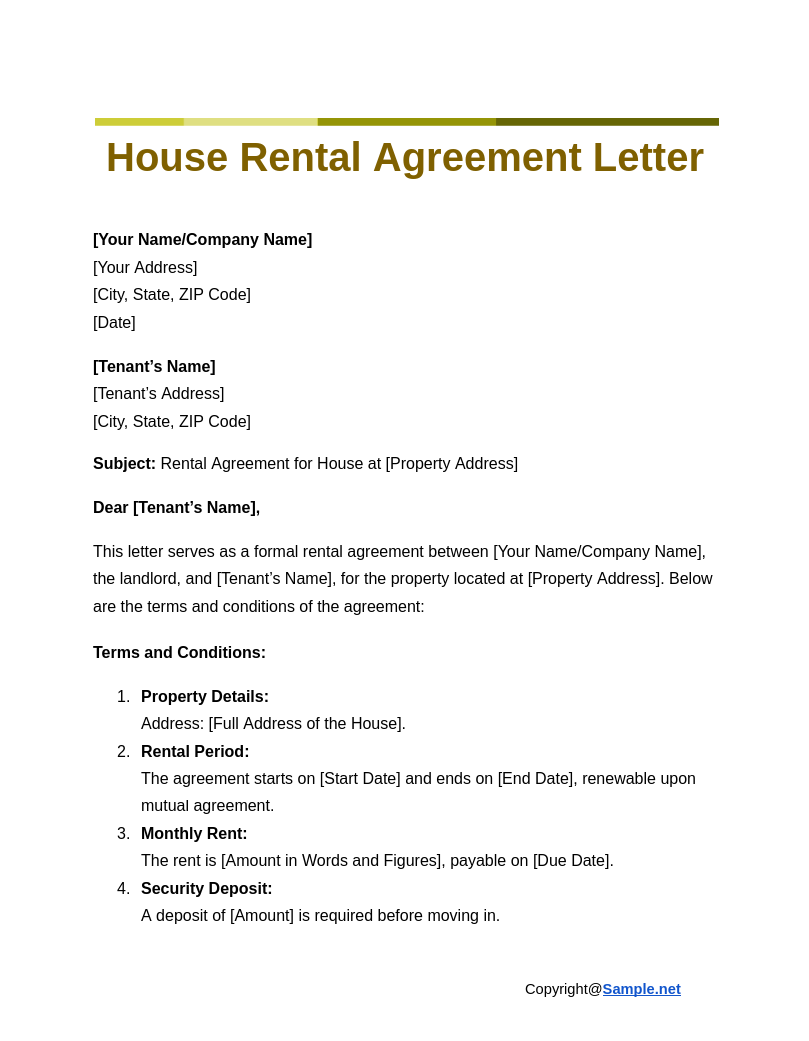
House Rental Agreement Letter
download now -
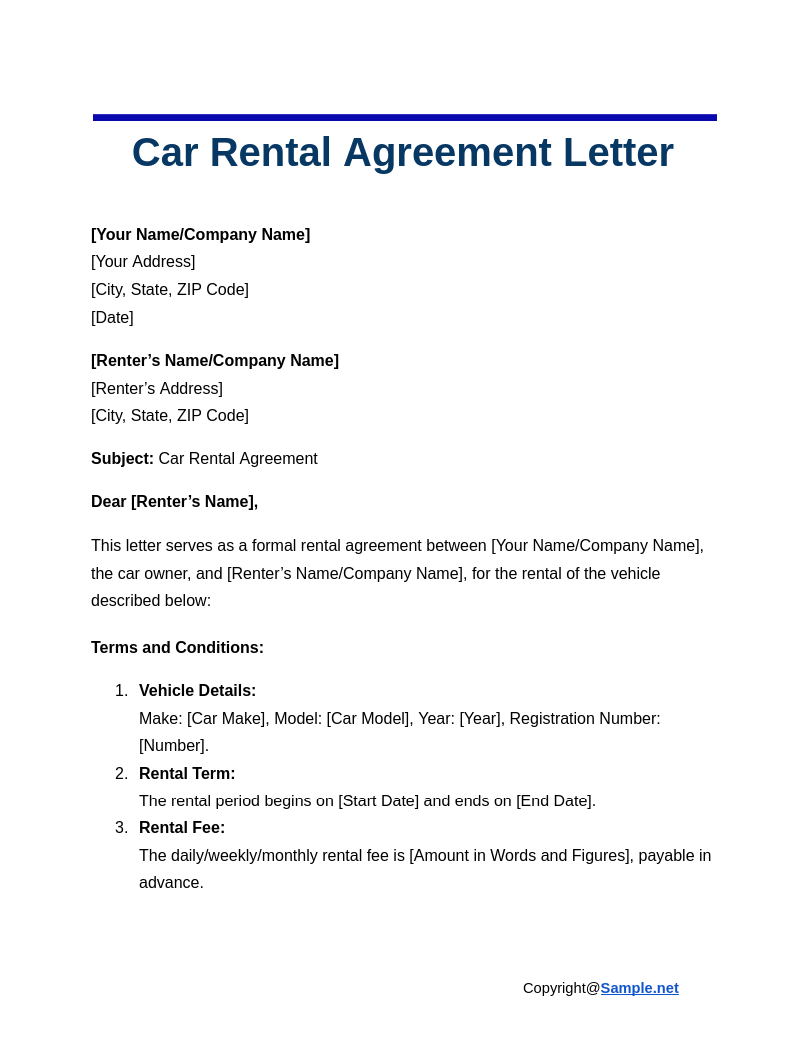
Car Rental Agreement Letter
download now -
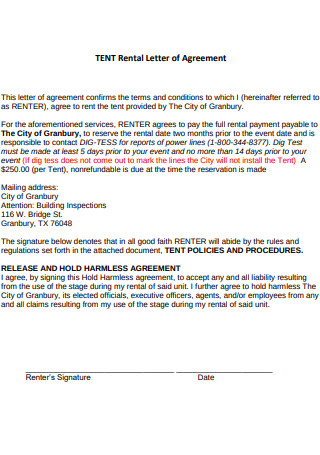
Tent Rental Letter of Agreement Template
download now -

Sample Soft Rental Agreement Letter Template
download now -
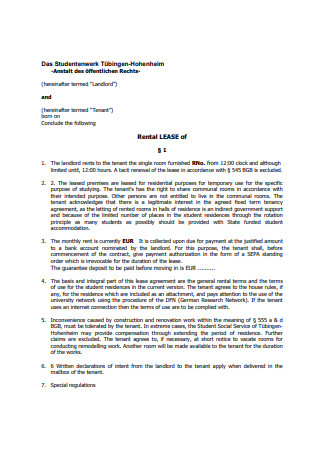
Rental Lease Agreement Letter Template
download now -
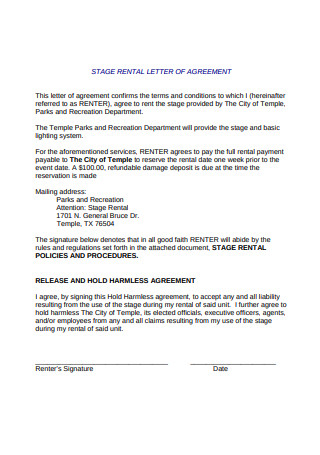
Sample Stage Rental Agreement letter Template
download now -
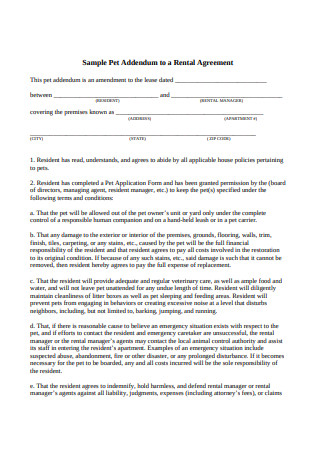
Sample Pet Addendum to a Rental Agreement
download now -

Lease Agreement Letter Format
download now -
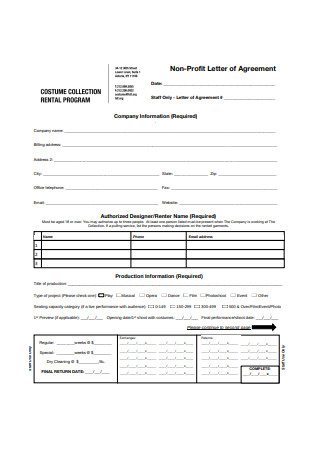
Sample Non-Profit Company Letter of Agreement
download now -
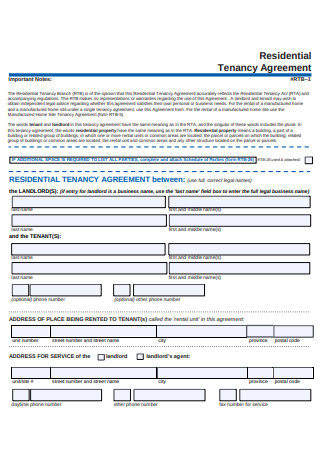
Sample Residential Tenancy Agreement Letter
download now -
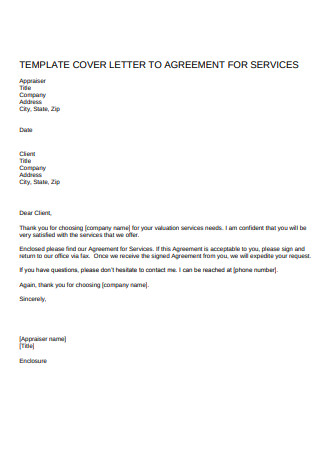
Sample Rent Agreement Letter Template
download now -

Basic Lease Agreement Letter
download now -
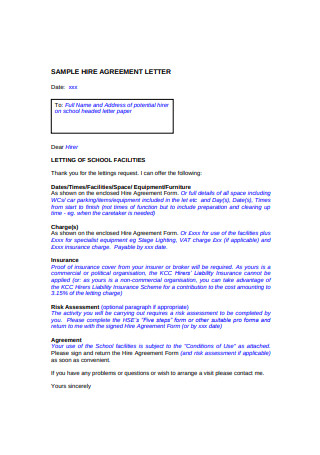
Sample Rental Hire Agreement Letter
download now -
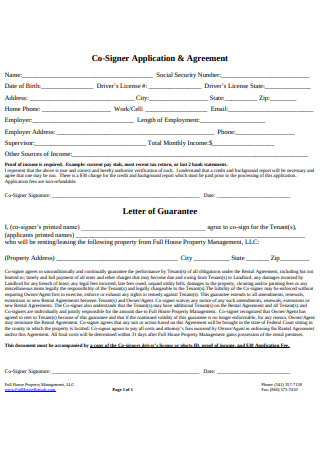
Rental Agreement Application Letter Template
download now -

Sample Pet Addendum to a Rental Agreement
download now -
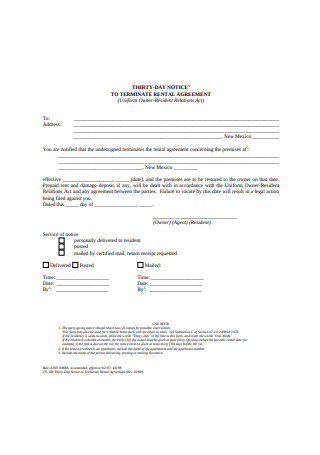
Simple Termination Rental Agreement Letter
download now -
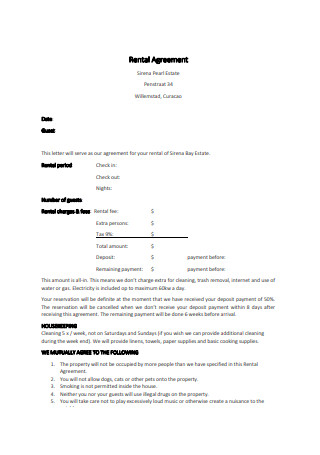
Estate Rental Agreement Letter Template
download now -
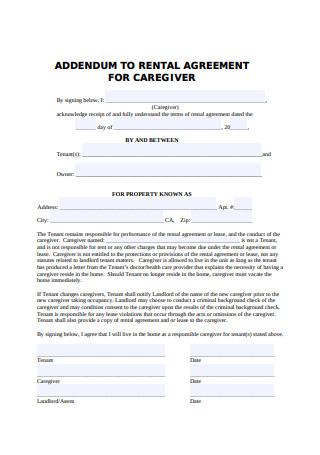
Sample Rental Agreement for Caregiver Template
download now -
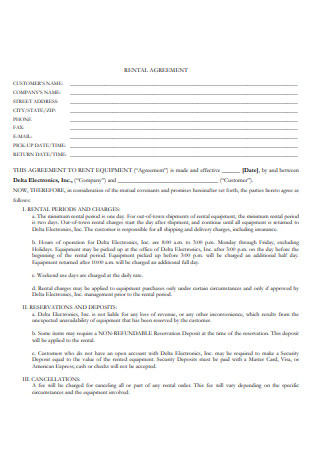
Formal Rental Agreement Letter Template
download now -
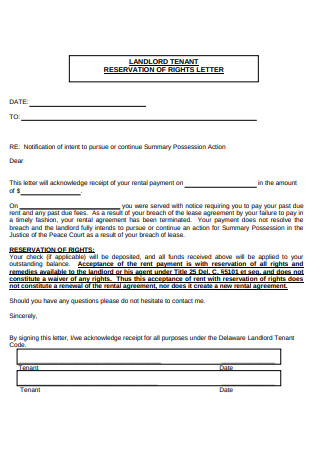
Landlord Tenant Agreement Letter
download now -
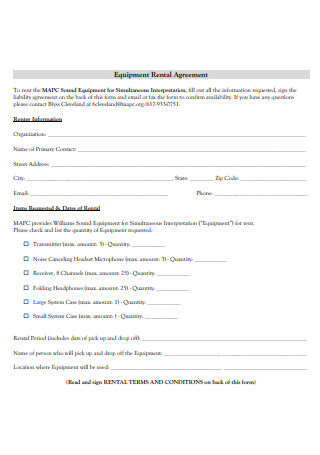
Equipment Rental Agreement Letter
download now -
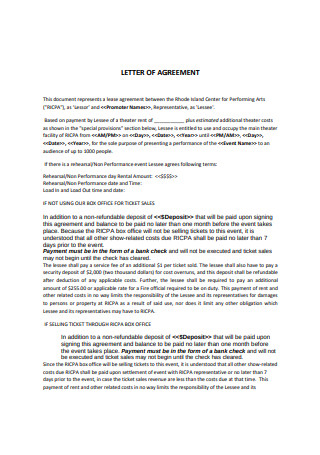
Sample Letter of Agreement Rental Example
download now
FREE Rental Agreement Letter s to Download
Rental Agreement Letter Format
Rental Agreement Letter Samples
What Are Rental Agreement Letters?
Why Are Rental Agreement Letters Important?
The Basic Format of a Rental Agreement Letter
How to Create a Rental Agreement Letter?
FAQs
What is the difference between a lease and a rental agreement?
What are the common reasons renters move out?
Is a letter of agreement legally binding?
What makes a rental agreement letter different from a lease?
How do I handle disputes arising from a rental agreement?
What details should be included in a rental agreement letter?
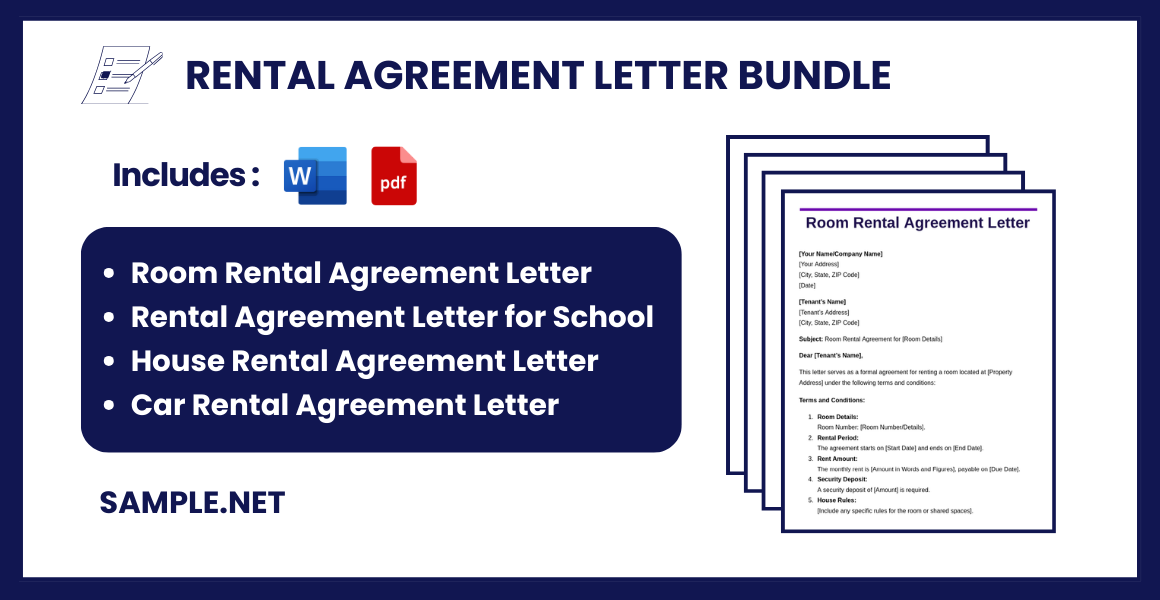
Download Rental Agreement Letter Bundle
Rental Agreement Letter Format
[Your Name/Company Name]
[Your Address]
[City, State, ZIP Code]
[Date]
[Tenant’s Name]
[Tenant’s Address]
[City, State, ZIP Code]
Subject: Rental Agreement for [Property Address]
Dear [Tenant’s Name],
This letter serves as a formal rental agreement between [Your Name/Company Name], the landlord, and [Tenant’s Name], the tenant, for the property located at [Property Address]. Below are the terms and conditions of the rental arrangement:
Terms and Conditions:
1. Property Address:
[Provide the full address of the rental property].
2. Term of Lease:
The lease shall commence on [Start Date] and end on [End Date]. The lease may be renewed with mutual consent.
3. Rent Amount:
The monthly rent is [Amount in Words and Figures, e.g., $1,000 (One Thousand Dollars)], payable on or before the [Due Date] of each month.
4. Security Deposit:
A security deposit of [Amount in Words and Figures] shall be paid by the tenant before moving in. This deposit will be refunded at the end of the lease term, subject to any deductions for damages or unpaid dues.
5. Utilities and Maintenance:
[Specify which utilities the tenant is responsible for, e.g., water, electricity, etc., and mention maintenance responsibilities.]
6. Use of Property:
The property shall be used solely for residential purposes by the tenant and their immediate family. Subletting is not permitted without prior written consent.
7. Repairs and Alterations:
[Specify who is responsible for repairs and if any alterations require approval.]
8. Termination:
Either party may terminate this agreement by providing a [Notice Period, e.g., 30-day] written notice.
Signatures:
By signing below, both parties agree to the terms and conditions outlined in this rental agreement.
Landlord’s Signature:
[Your Full Name]
[Your Contact Information]
[Signature Line]
Date: __________
Tenant’s Signature:
[Tenant’s Full Name]
[Tenant’s Contact Information]
[Signature Line]
Date: __________
This document serves as the binding agreement between the landlord and tenant. Please retain a copy for your records.
Sincerely,
[Your Name]
[Your Contact Information]
What Are Rental Agreement Letters?
A rental agreement letter is a formal written letter that property owners prepare to highlight the key terms and provisions of a rental agreement or contract. It is a document that must be developed along with the agreement itself since the letter is the short or easy-to-read version of the agreement. Rental agreement letters cover the main points of a rental that must be followed by tenants so they can continue the transaction that is acceptable to landlords.
Why Are Rental Agreement Letters Important?
- Legal Protection: Clearly defines the rights and obligations of both landlord and tenant, ensuring legal safeguards.
- Dispute Resolution: Helps resolve conflicts by referencing agreed-upon terms.
- Transparency: Outlines rent amount, payment schedules, and property usage terms to avoid misunderstandings.
- Security: Provides written proof of the agreement, protecting both parties from verbal miscommunication.
- Professional Relationship: Establishes a formal and respectful landlord-tenant partnership. You can also see more on Basic Rental Agreements.
The Basic Format of a Rental Agreement Letter
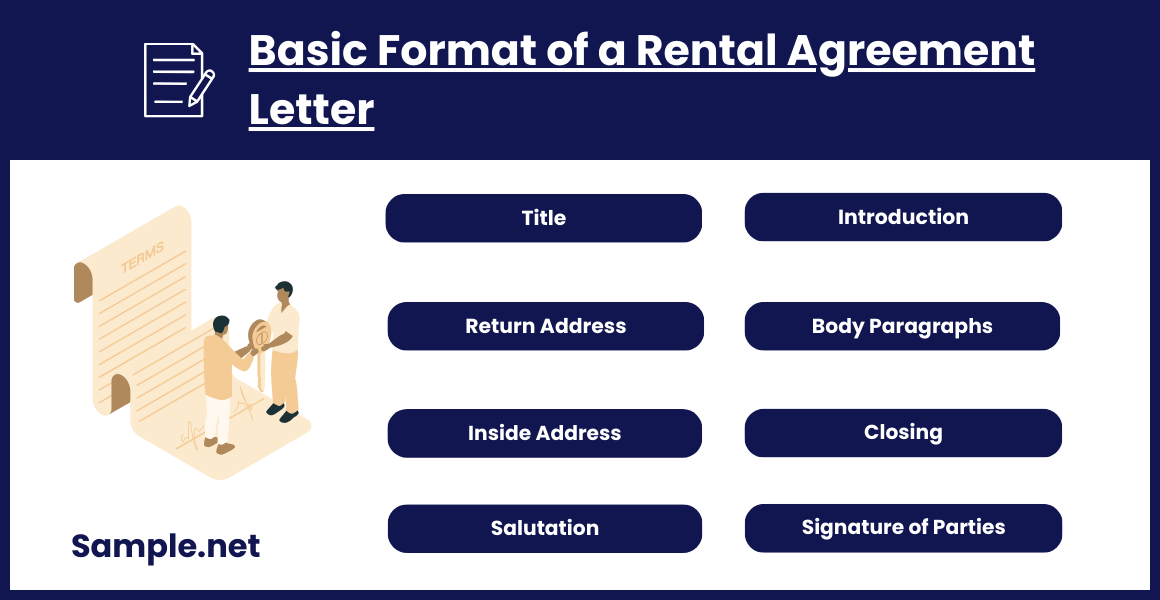
Are you curious as to what an average rental agreement letter looks like? It basically follows the standard letter format except the document is filled with lots of provisions coming from the original rental agreement. You can also see more on Rent a Room Agreements. To be more specific, here are the elements expected from standard rental agreement letters:
How to Create a Rental Agreement Letter?
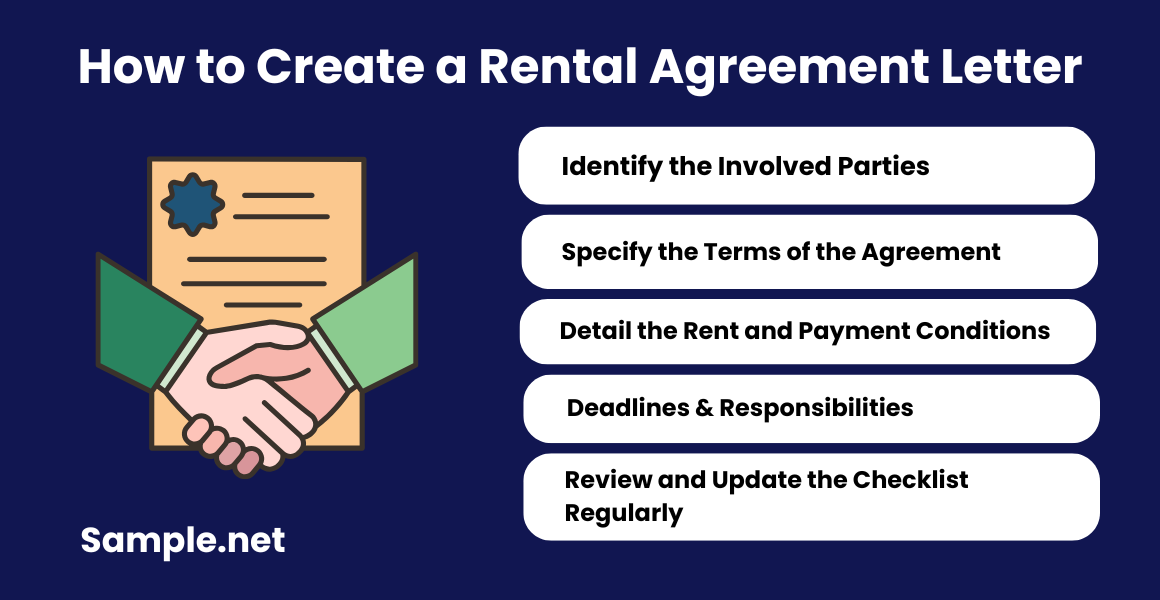
Step 1: Identify the Involved Parties
Start by clearly identifying the landlord and tenant. Include their names, contact information, and the address of the rental property. Ensure accuracy to avoid disputes later. This information is the cornerstone of the agreement and establishes the relationship legally. You can also see more on Long Term Rental Agreement.
Step 2: Specify the Terms of the Agreement
Outline the duration of the lease, whether it’s fixed-term or month-to-month. Clearly define the start and end dates, renewal clauses, and procedures for termination. These details clarify the scope and timeframe of the rental.
Step 3: Detail the Rent and Payment Conditions
Include the monthly rent amount, payment due date, acceptable payment methods, and any penalties for late payments. Transparency in financial terms prevents potential misunderstandings. Define the deposit terms, including the refund process and deductions, if any. You can also see more on Tenant Agreement.
Step 4: Include Rights and Responsibilities
State the obligations of both parties, such as maintenance, utilities, and property usage restrictions. Mention rules about pets, renovations, or subleasing. These provisions ensure smooth tenancy and reduce conflicts. Both parties should agree to these conditions to maintain mutual understanding.
Step 5: Legal Formalities and Signatures
Conclude with a section for both parties to sign, along with witnesses if required. Include the date of signing and notarization if necessary. This step legally binds the agreement. Retain copies for future reference to ensure compliance with the agreed terms. You can also see more on Joint Lease Agreements.
A rental agreement letter is essential for a smooth and legally protected landlord-tenant relationship. It ensures both parties are clear about their responsibilities and rights, reducing the likelihood of disputes. Customizing the letter to adhere to specific rental arrangements while following legal guidelines is crucial. With clarity and transparency, a rental agreement serves as the backbone of successful tenancies. You can also see more on Rent Contracts.
FAQs
What is the difference between a lease and a rental agreement?
Rental and lease agreements are often mixed up in terms of meaning. But they are entirely different when it comes to the agreement’s duration. Rental agreements are used for short-term agreements such as weekly or monthly transactions. Meanwhile, lease agreements are meant for long-term agreements such as transactions done yearly or more.
What are the common reasons renters move out?
Here are the top 10 reasons why renters move out according to Visio Lending:
- New job opportunity (29.8%)
- Life-chancing event (29.3%)
- Personal change (27.8%)
- Closer commutes (19.5%)
- Negative interaction (19.5%)
- Rent increase (18%)
- Financial change (14.6%)
- Unsolved maintenance (11.7%)
- Recommendations (4.9%)
- Eviction notice (1.5%)
Is a letter of agreement legally binding?
A letter of agreement is an official and legal document that discusses any transaction between parties. And this form of document is legally binding and can be written by anyone who needs to make an agreement letter.
What makes a rental agreement letter different from a lease?
While both are legal agreements, a rental agreement typically applies to shorter durations and offers flexibility, whereas a lease is more formal and fixed-term.
How do I handle disputes arising from a rental agreement?
Refer to the terms outlined in the agreement. If unresolved, seek mediation or legal advice to address disputes in accordance with local laws. You can also see more on Shop Rental Agreement.
What details should be included in a rental agreement letter?
A rental agreement letter must include the names of both parties, property address, rental duration, payment terms, deposit details, and any additional rules. Clear language ensures enforceability and avoids misinterpretation. You can also see more on Rental Lease Agreements.
